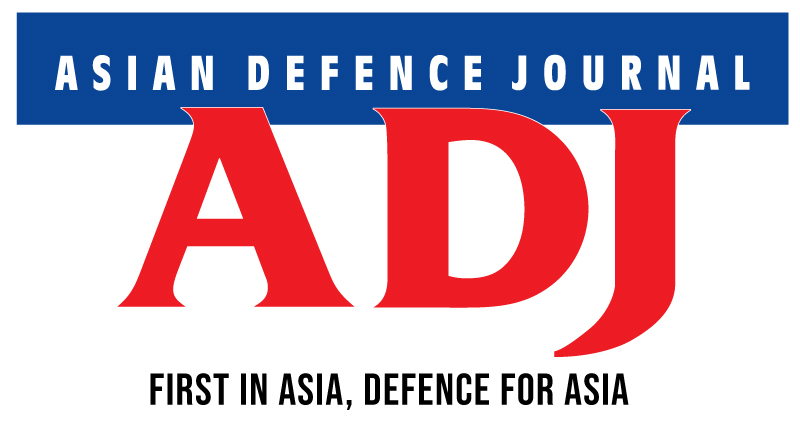ASEAN Calls for Peace and Cool Heads Amid South China Sea Tensions
JAKARTA/KUALA LUMPUR — Foreign ministers of Asia’s key regional grouping ASEAN have expressed their concern over growing tensions in the South China Sea which they said could threaten regional peace and urged for peaceful dialogue among parties.
“We closely follow with concern the recent developments in the South China Sea that may undermine peace, security, and stability in the region,” the bloc’s top diplomats said in a statement.
The foreign ministers also reaffirmed the need to “exercise self-restraint in the conduct of activities that would complicate or escalate disputes”. The Association of Southeast Asian Nations (ASEAN), established in 1967, groups ten Southeast Asian countries.
“We reiterate the importance of peaceful dialogue that contributes constructively to the promotion of regional stability and cooperation in the maritime domain., ” they said.
The six-paragraph “ASEAN Foreign Ministers’ Statement on Maintaining and Promoting Stability in the Maritime Sphere in Southeast Asia” came as China and the Philippines have traded accusations in recent months over a series of maritime incidents which reportedly included water cannon skirmishes and attempted ramming of mostly coast guard type vessels.
“We also reaffirm the need to restore and enhance mutual trust and confidence as well as exercise self-restraint in the conduct of activities that would complicate or escalate disputes and affect peace and stability, avoid actions that may further complicate the situation and pursue peaceful resolution of disputes in accordance with the universally recognised principles of international law, including the 1982 UNCLOS (United Nations Convention on the Law of the Sea),” the statement said.
The foreign ministers underscored the importance of the full and effective implementation of the Declaration on the Conduct of Parties in the East Sea (DOC) in its entirety and committed to working towards the early conclusion of an effective and substantive Code of Conduct in the East Sea (COC) that is in accordance with international law, including the 1982 UNCLOS.
“We reiterate the importance of peaceful dialogue that contributes constructively to the promotion of regional stability and cooperation in the maritime domain. We welcome the recent holding of a maritime dialogue between China and the United States in Beijing and the meeting between U.S. President Joe Biden and China’s President Xi Jinping on the margins of the APEC Leaders’ Meeting in California. We hope that such dialogues will continue to further ASEAN’s efforts to strengthen stability and cooperation in the region’s maritime sphere.
“We reaffirm our unity and solidarity and our shared commitment to maintaining and further strengthening stability in our maritime sphere to bring about overall peace, security, stability, and prosperity in our region,” said the statement released Dec 30 by the ASEAN Secretariat in Jakarta.
“We further recall the Joint Communique of the 56th ASEAN Foreign Ministers’ Meeting (AMM), in which we recognised the need to maintain and strengthen stability in the maritime sphere in our region and underlined the importance of strengthening maritime cooperation and exploring new initiatives towards this end, as appropriate.”
Asean and China have worked towards creating a code of conduct in the South China Sea, a plan dating back to 2002. But progress has been slow despite commitment by all parties to advance and hasten the process. Talks on the components of the code have yet to start amid concerns over China’s willingness to commit to a binding set of rules consistent with international law.
China claims most of the South China Sea through a “nine-dash-line” that loops as far as 1,500 km (900 miles) south of its mainland, cutting into the exclusive economic zones of Brunei, Indonesia, Malaysia, the Philippines and Vietnam. It was reported that the statement marked the fifth occasion the regional grouping has addressed maritime issues since 1995. –adj/shp/mgm (Pix: Malaysia Coast Guard)


